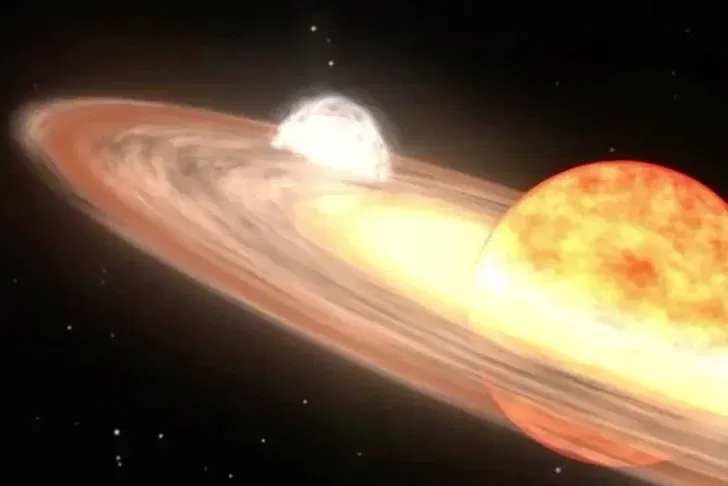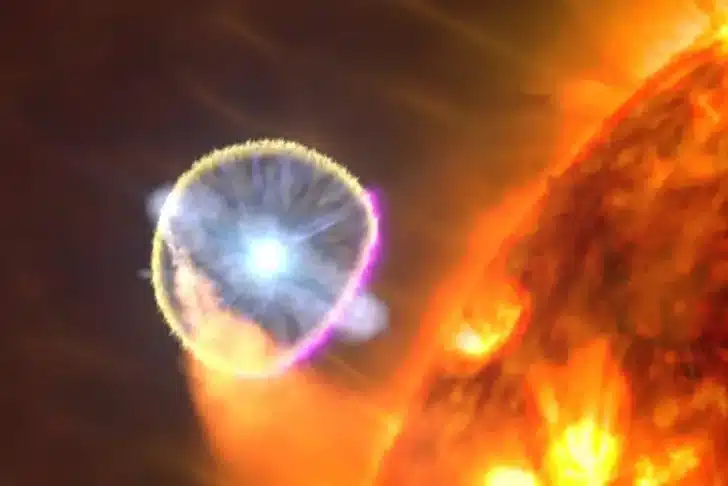This event involves a nova explosion situated in a star system located 3,000 light years away from Earth, with astronomers predicting it will be observable to the “unaided eye” at some point in 2024.
Bill Cooke, leading NASA’s Meteoroid Environment Office (MEO) at the Marshall Space Flight Center in Huntsville, Alabama, shared insights with Fox News Digital, stating, “Unfortunately, we don’t know the timing of this as well as we know the eclipse. But when it happens, it’ll be something you’ll remember.”


The celestial body at the center of attention is T Coronae Borealis, affectionately nicknamed “the blaze star,” which stands out as one of the ten recurrent novas within our galaxy. Cooke elaborated on the phenomenon, explaining, “A typical nova consists of a star, like a red giant — a star bigger than the sun — and a white dwarf, which is a star about the size of the Earth.”
He further detailed the process, stating, “And that red giant is dumping material on the surface of that white dwarf. They’re orbiting each other, and they’re real close together.”

As Cooke described, when a sufficient amount of material accumulates on the surface of the white dwarf, the temperature rises to a point where it ignites a thermonuclear reaction. This, in turn, triggers a spectacular eruption, expelling material into space and causing a significant increase in brightness. Cooke emphasized, “And if it’s close to us or relatively close to us, we will see a new start to appear in our sky.”
He noted the rarity of T Coronae Borealis, highlighting, “T Coronae Borealis is unusual in that it doesn’t blow its stack once.” This implies that the star undergoes multiple eruptions, adding to its allure for astronomers and stargazers alike.

